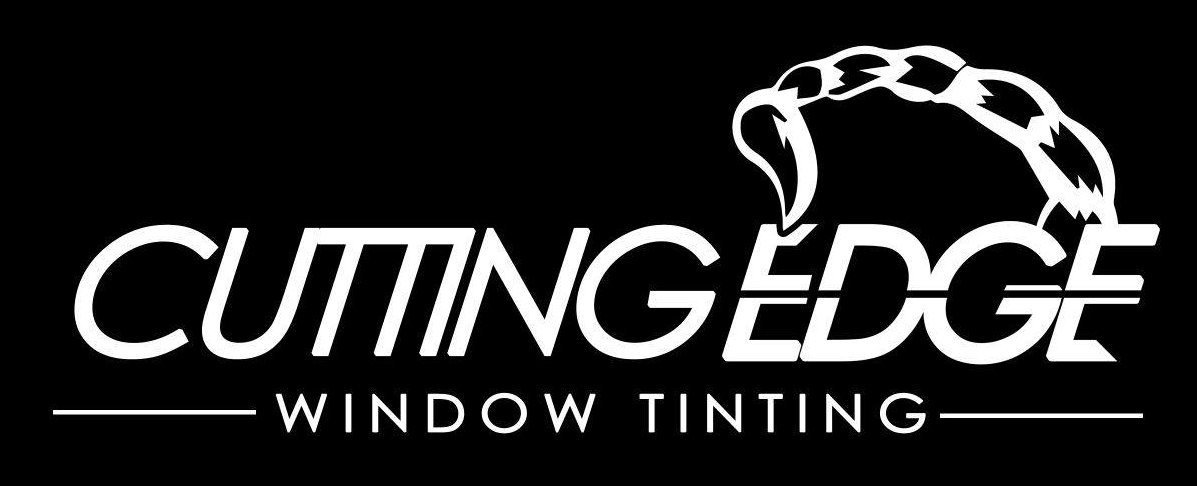What is the Legal Limit For Window Tint?
In California, the lawful limit for window tint is 70% luminous transmittance. This is a good start limit as it makes tints appear natural. However, it does not always correspond to the laws in other states. Some states are more stringent than others and don't permit tints on windows of any kind at all. If you live in one of those states, keep reading for more details.
South Carolina
South Carolina's window tint regulations prohibit the use of films with more than 20 percent. Vehicles that have higher tint levels are subject to a slightly greater legal limit. South Carolina permits up to 20 percent tinting of MPVs rear windows, unlike other states. This dark film can be used on all windows and the front, with the exception of. Tint that is more than the standard window's color is not legal regardless of any manufacturer's guidelines.
The maximum tint of South Carolina's window limit is 27 The maximum window tint limit in South Carolina is 27. The windshield is also tinted on the sides and the rear windows, as well as the top three inches. This film can provide UV protection, glare reduction, as well as privacy advantages. The tint could be non-reflective, but it cannot be dark enough to block visible light from entering the vehicle. For instance, according to the Newberry Observer reports, law enforcement stopped people in Prosperity, SC, for driving with a dark tint on their windows.
New York
The New York legal limit for window tints varies based on the kind of vehicle used and how much light it can block. Passenger cars have to adhere to a 70% standard. Multipurpose vehicles (also called passenger cars) have to meet stricter specifications. This includes less power for the motive than ten horses and a truck chassis or bus chassis, specific features that allow for occasional off-road activities, and various other specifications. In addition, these vehicles cannot have more than seventy percent of their window area coated with film.
Window tinting is allowed in most states, except New York. For exact guidelines, check the state's DMV website. The proper tint can also aid in avoiding a ticket and a fine. If you choose to tint your windows you'll also be able to enjoy less reflection and privacy. As long as you stay within the guidelines, however there's nothing to be concerned about. These laws don't apply to commercial structures. It's a good idea to check with your local DMV if you have any concerns.
Virginia
It is important to be aware of the Virginia lawful limits on window tinting. Similar to other states, there are certain guidelines and restrictions. If you're aware of the limitations, it is easy to stay out of danger. If you have questions then you can go to the Virginia Department of Motor Vehicles. You can utilize their online tools to figure out the limitations and what you're allowed and not to do.
The window tint laws in Virginia can be very strict. It is possible to be charged with tinting your windows in Virginia. This is an offense of class 3 misdemeanor. Along with the fines, it is possible to be required to take off your window film. Repeat offenders may be sentenced to jail. The penalties start at $96. You can, however, avoid paying these fees by showing proof that you took away or repaired your vehicle.
Georgia
Window tinting laws vary from one state to another. In Georgia, tinting must be at a specific percentage to reduce glare, but not to the point that it blocks the view of drivers coming up. Georgian tint laws don't specify an amount of tint that is allowed to be used on side mirrors. The most frequently asked question regarding window tint laws in Georgia is what types of tints are legal and what legal limits are. Here's what you need to be aware of.
In Georgia laws, it is required that window tints not lower than 32% VLT be used for both rear and front windows. For rear windows, they can be tinted to 32% VLT or greater but they aren't darkened any further. You can tint your windshield not less than 6 inches, but you are unable to tint your side windows any lower. Thus, you'll need find a window tint that allows greater light than 32 percent VLT.
Missouri
Different levels of tinting can be found for different windows. For instance your front windshield is not able to have any tinting in any way, whereas your back and passenger side windows are able to have any tinting, but not more than 35 percent. The tinting of your back and side passenger windows must not exceed 20. It is not legal to tint the front and rear windows with more than 35 percent of the total windows' area.
Window tints can be utilized inside your vehicle to provide privacy and heat reduction. Missouri law requires that the front and side windows should reflect at least 35%. This means even the smallest window tint is more effective in reducing heat and glare than a fully-protected window. It is important to know your local laws before tinting your windows.
|
Phone +18474292479
|
|
| Address |
408 Brook St, Elgin, IL 60120
|

